| Steckplatz: | 1x Socket AM4 | ||
|---|---|---|---|
| Prozessoren: |
|
||
| Chipsatz: | AMD B350 I/O-Hub |
||
| Speicher: | 4x DDR SD-RAM DDR4 3200 |
||
| Steckplätze: |
|
||
| Storage-Ports: |
S-ATA- / P-ATA-Ports 1x M.2 max. 22110 (PCIe 3.0 x4) by AMD Ryzen oder 1x M.2 max. 22110 (SATA) by AMD 7th Gen. 4x S-ATA600 by B350 2x S-ATA600 shared with M.2-Slot |
||
| USB-Ports: | 2x USB3.1 by B350 4x USB3.0 by CPU 2x USB3.0 by B350 optional 2x USB2.0 (+4 optional) |
||
| Grafikausgänge: | HDMI 1.4 DVI-D |
||
| Sound: | Realtek® ALC887 | ||
| Netzwerk: | 1 x Intel® GbE LAN 1x 10 - 1000 MBit/s |
||
| Besonderheiten: |
mehr Details
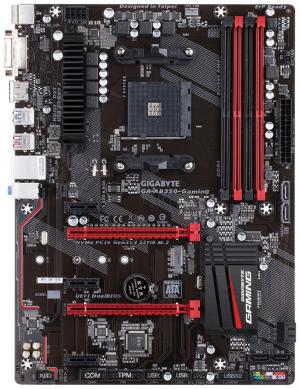
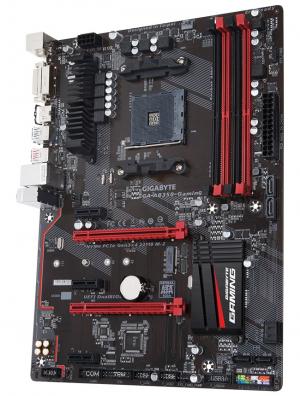
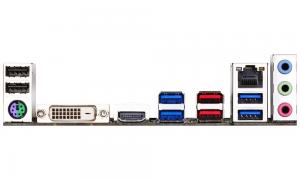



Beschreibung:
Das Gigabyte AB350-Gaming basiert auf den B350 I/O-Hub und unterstützt sämtliche Prozessoren auf Basis des AM4-Steckplatzes. Das Board unterstützt chipsatzbedingt 2-Wege CrossfireX in der Kombination PCIe x16 3.0 und PCIe x16 2.0, die allerdings nur an 4 Lanes angebunden sind. Die PCIe x1 2.0 Slots teilen sich alle Lanes mit dem PCIe x16 2.0 Slot. Wird eine Steckkarte in den x16 2.0 verwendet, sind die anderen PCIe -Ports deaktiviert.Gegenüber dem AX370-Gaming K7 oder K5 ist das AB350-Gaming schon magerer ausgestattet, wird aber für alle normalsterblichen Anwender wohl kaum negativ auffallen. Das Board unterstützt eine übersichtliche Anzahl an USB3.1 und USB3.0-Ports, sowie eine kleine Anzahl an USB2.0-Ports, diese aber nur über einen Header-Anschluss bereitgestellt werden können.
 |
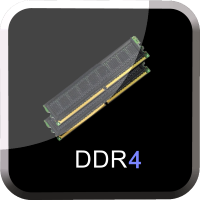 |
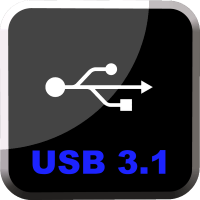 |
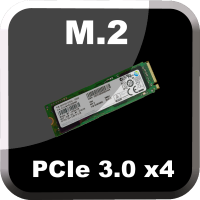 |
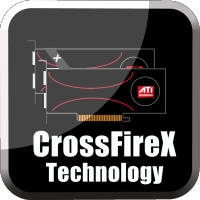 |
|---|
